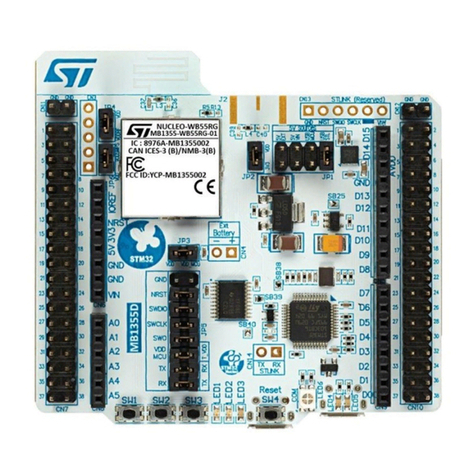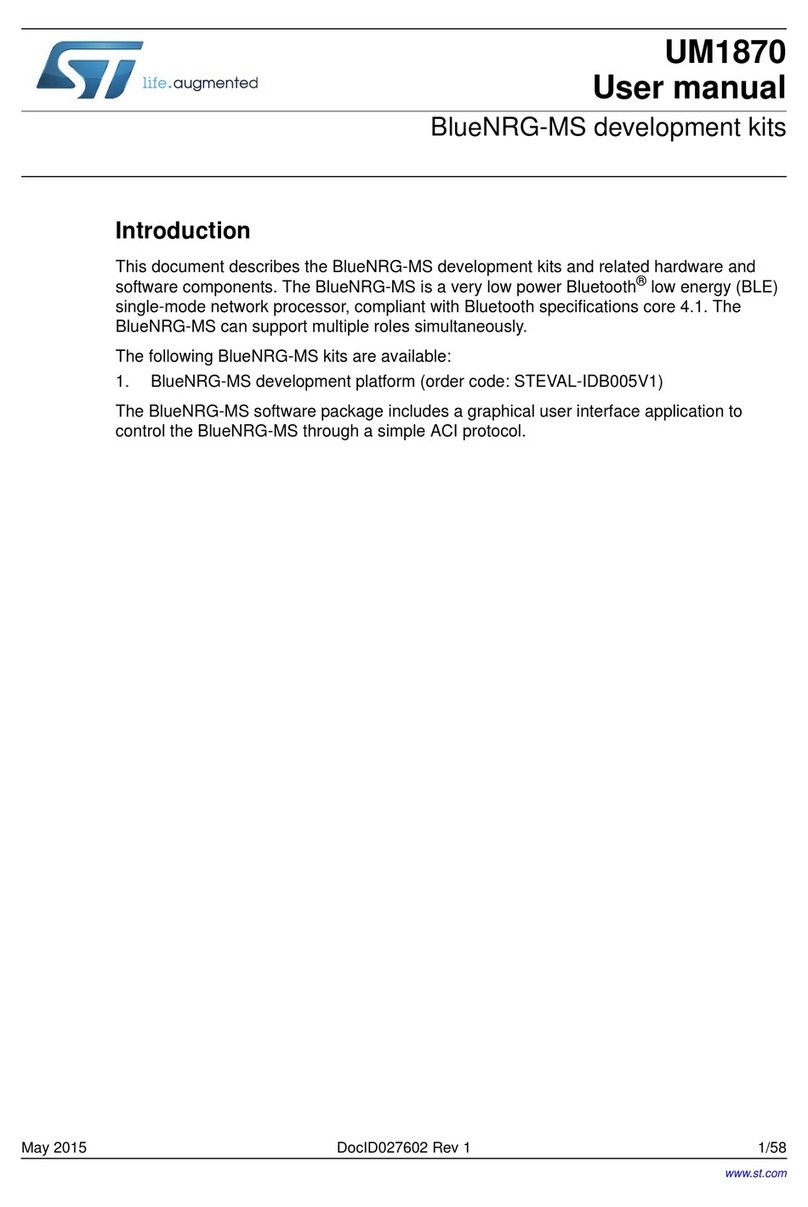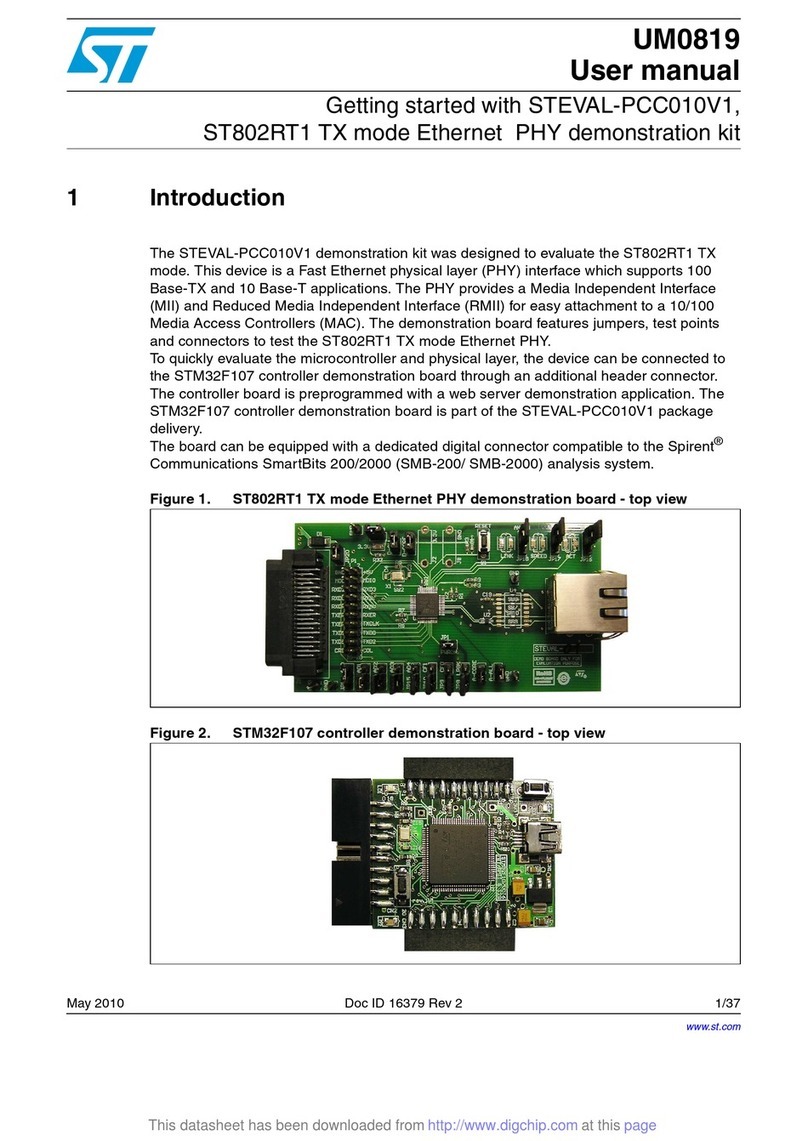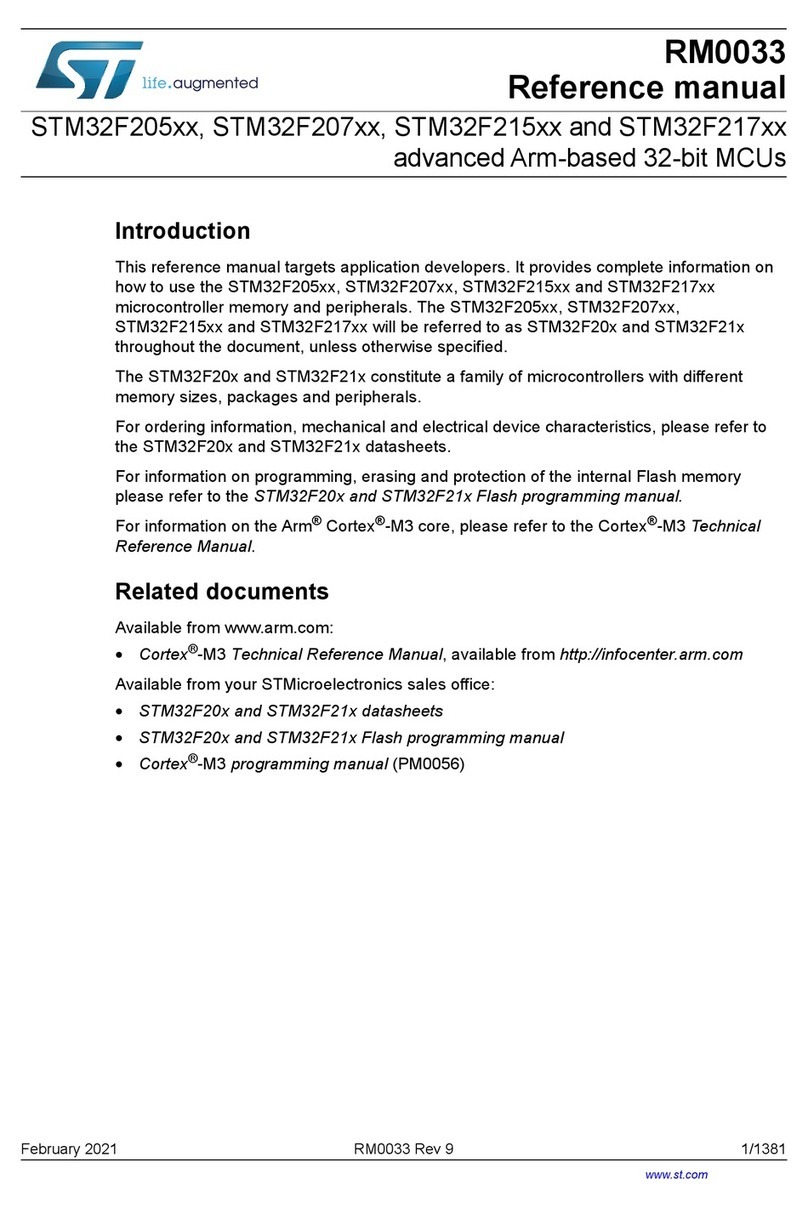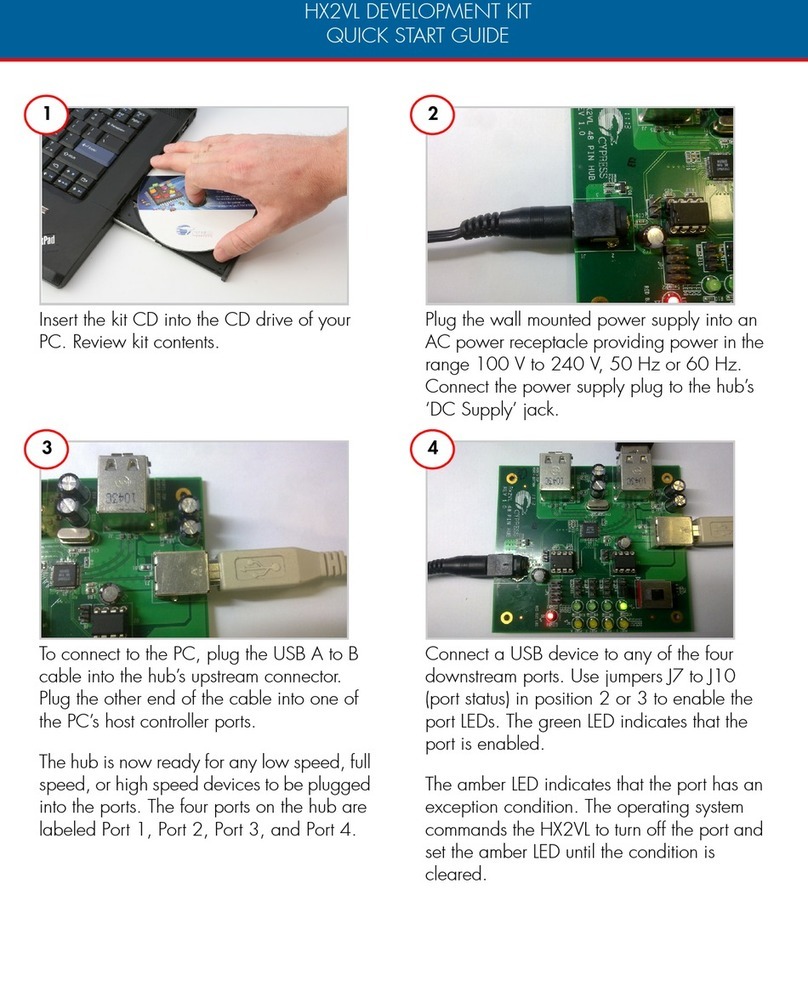ST STM32F20 Series Installation and operating instructions
Other ST Microcontroller manuals
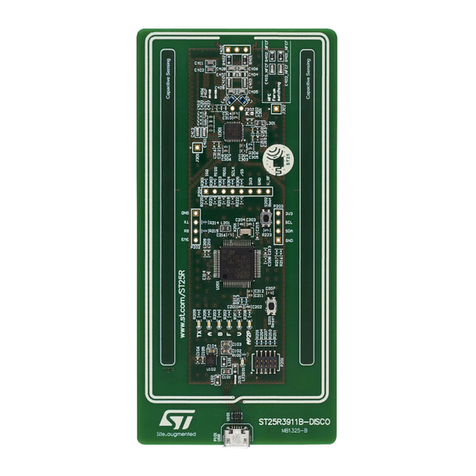
ST
ST ST25R3911B-DISCO User manual
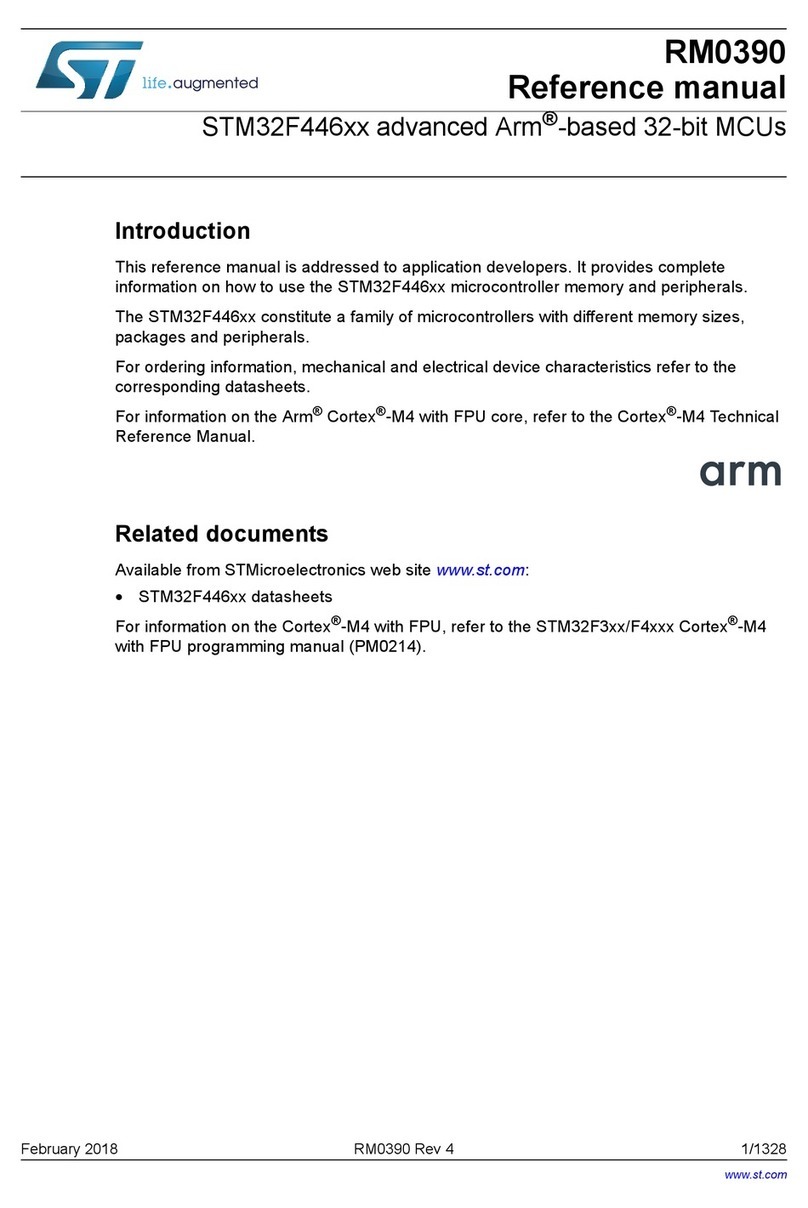
ST
ST STM32F446 Series User manual
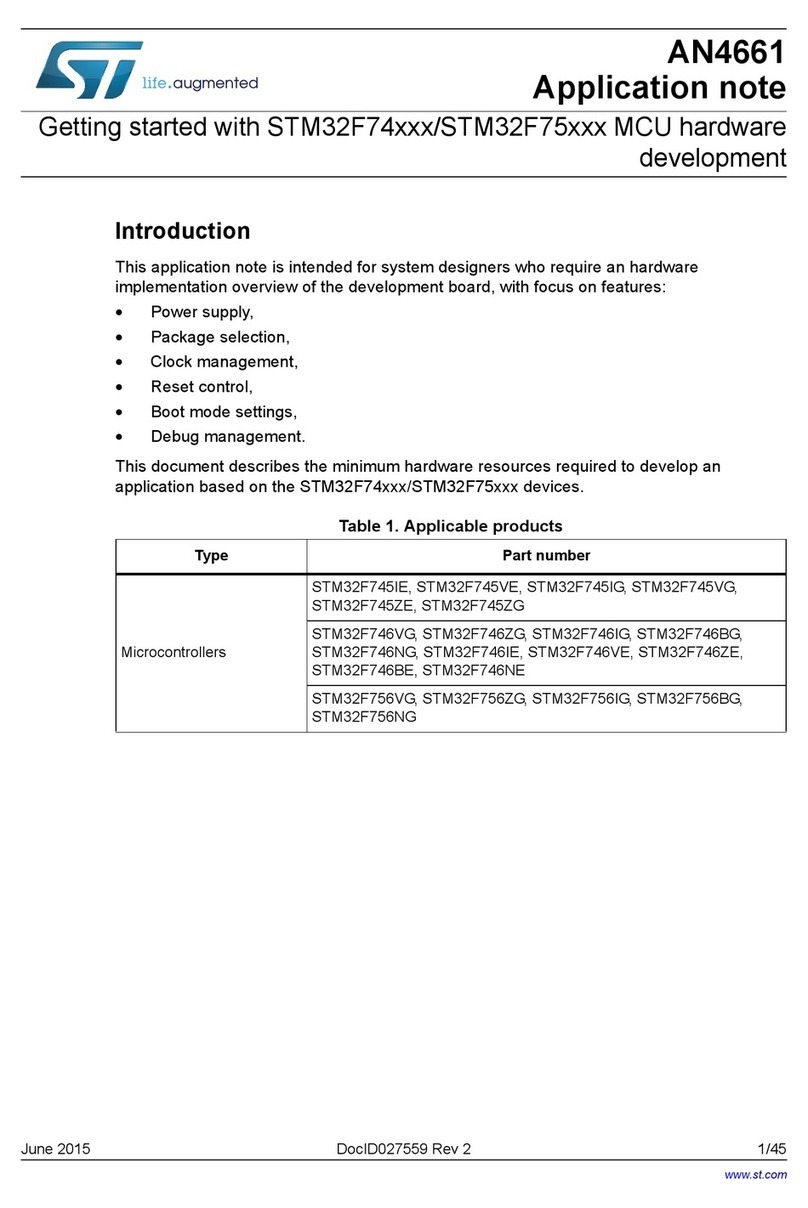
ST
ST STM32F74 Series User manual
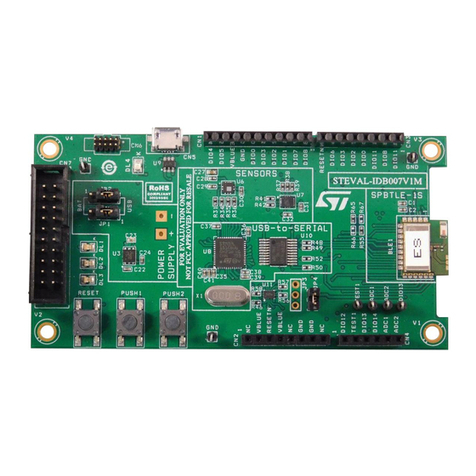
ST
ST STEVAL-IDB007V1M SPBTLE-1S User manual
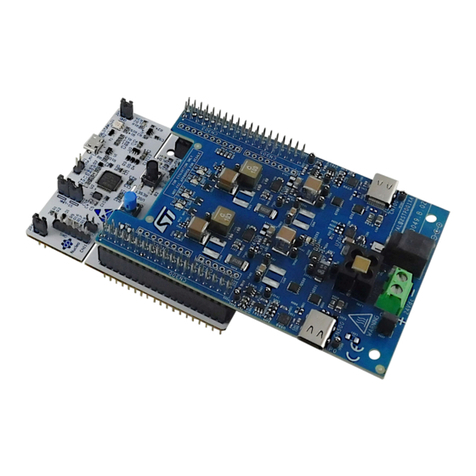
ST
ST STEVAL-2STPD01 User manual

ST
ST STR71xF User manual
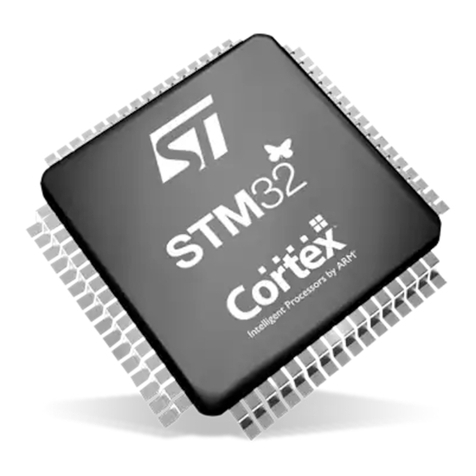
ST
ST STM32 Nucleo Installation and operating instructions
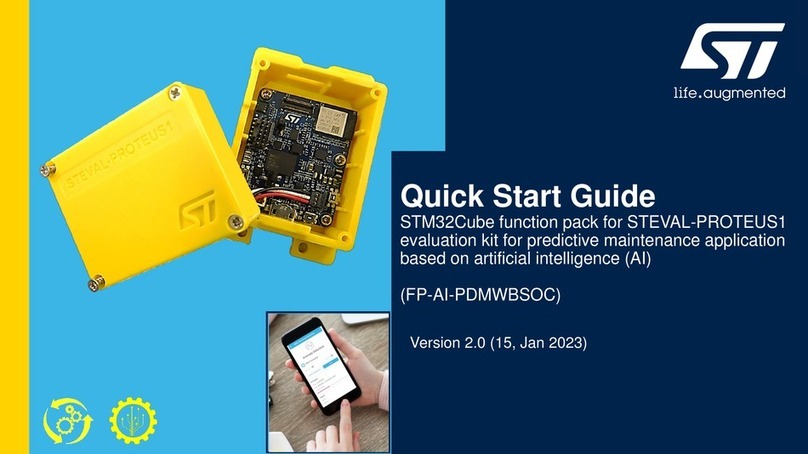
ST
ST STM32Cube User manual
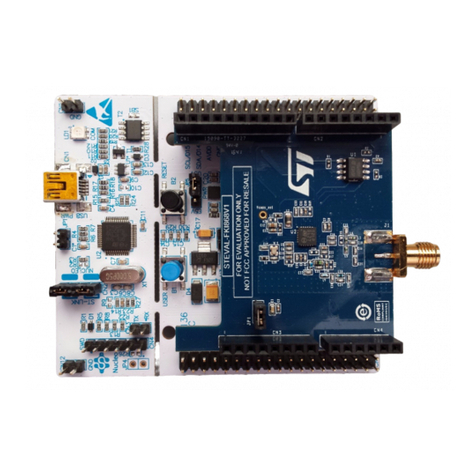
ST
ST STEVAL-FKI433V1 User manual
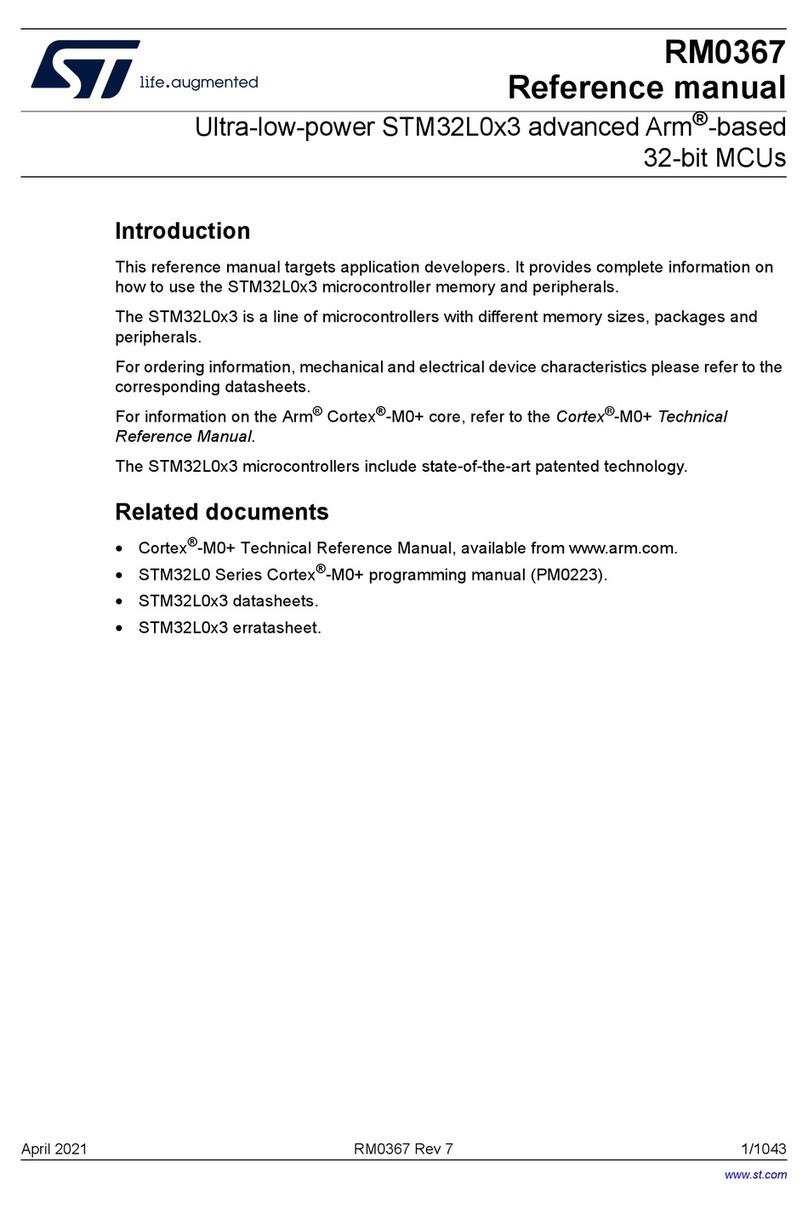
ST
ST STM32L0x3 User manual

ST
ST STM32H745I-DISCO User manual

ST
ST EVLKST8500GH868 User manual
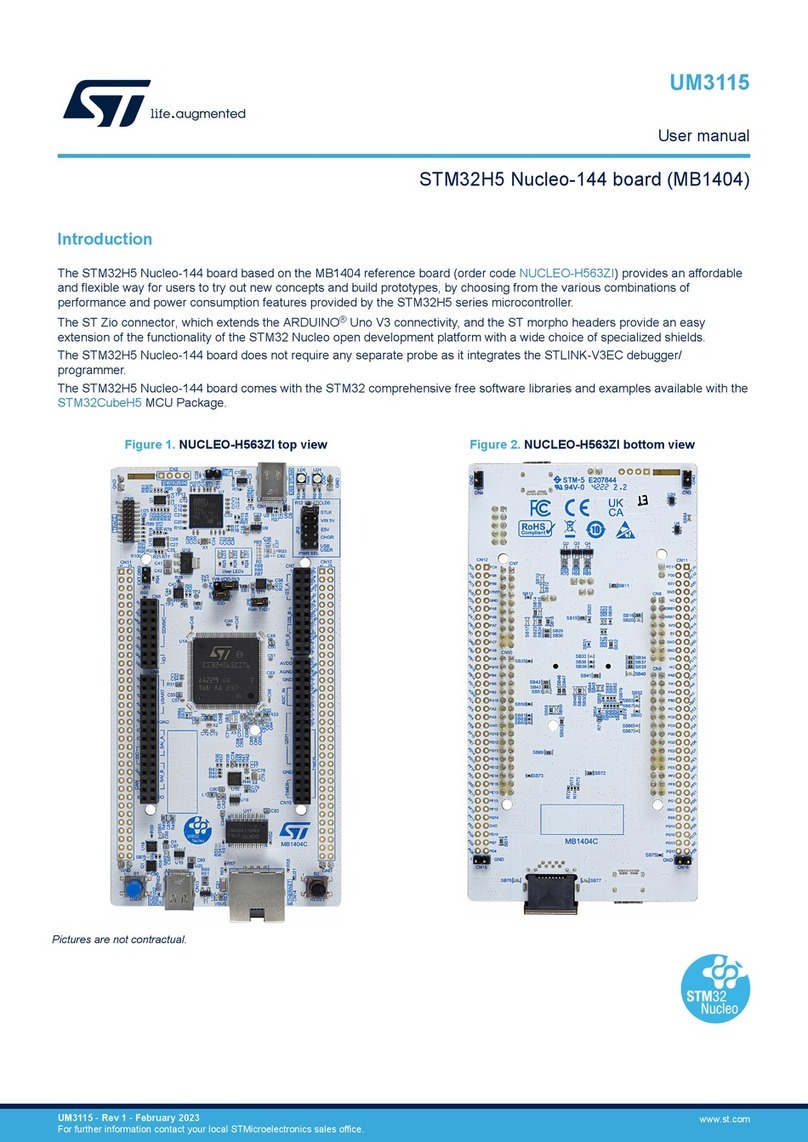
ST
ST STM32H5 Nucleo-144 User manual
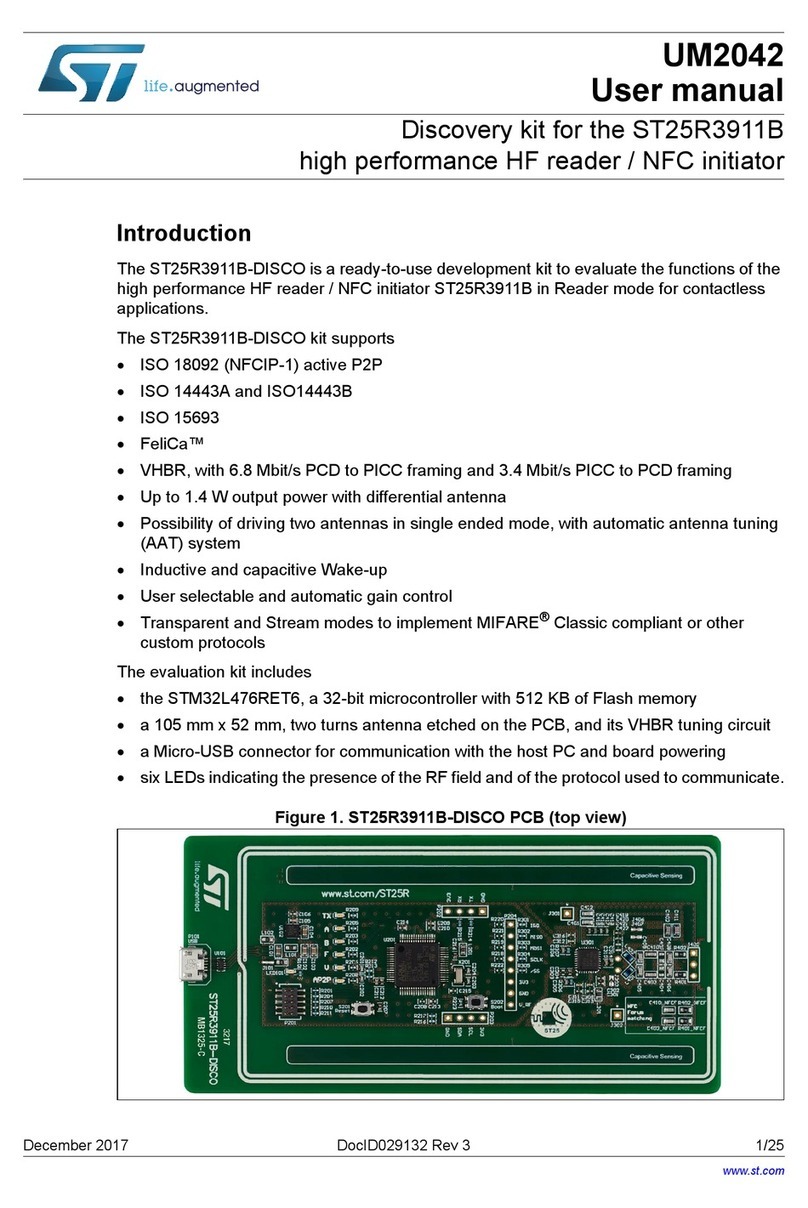
ST
ST ST25R3911B User manual
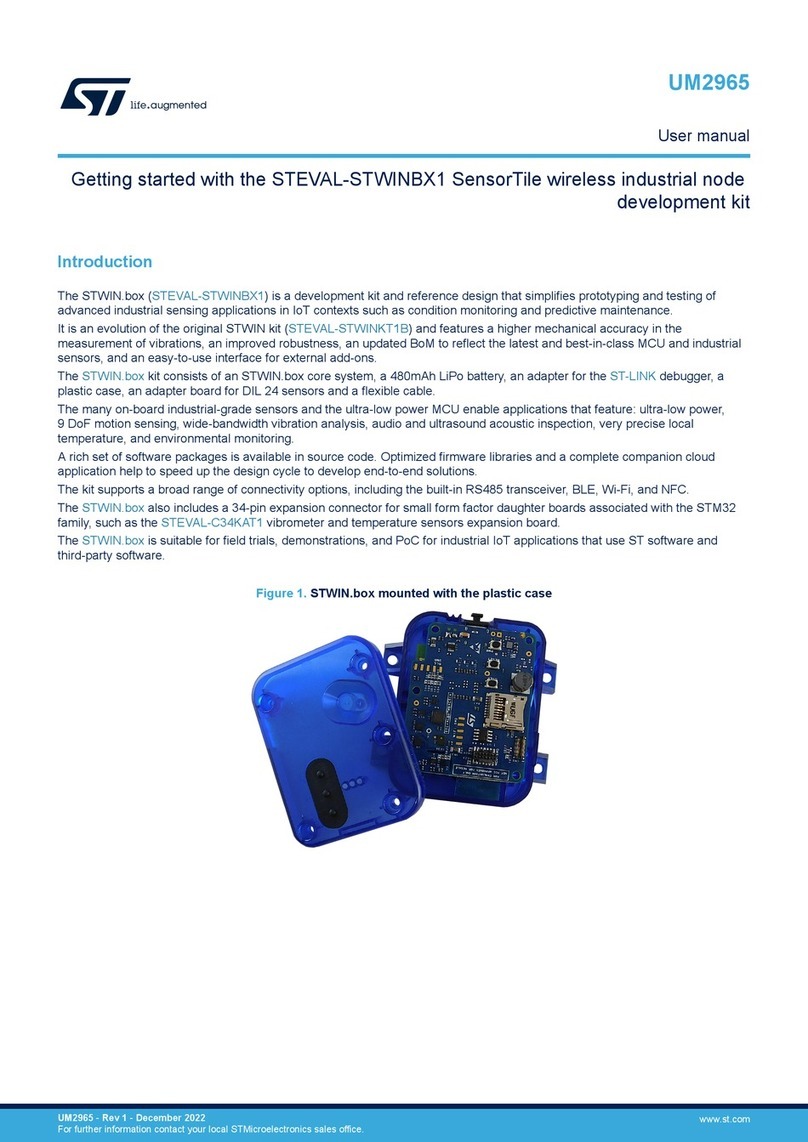
ST
ST STEVAL-STWINBX1 User manual
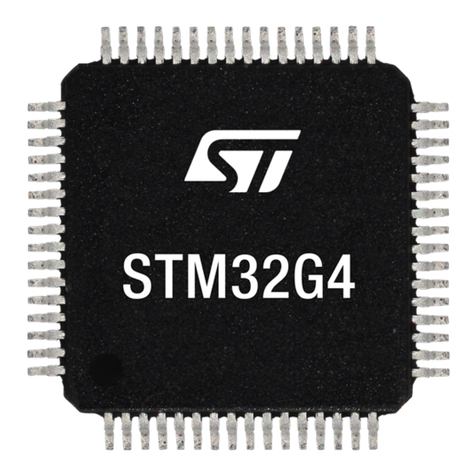
ST
ST STM32G4 Series User manual
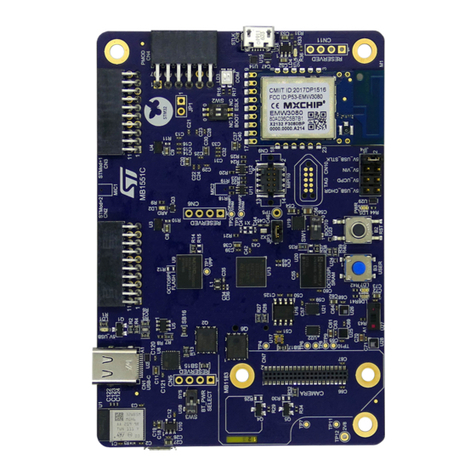
ST
ST STM32U585 Series User manual
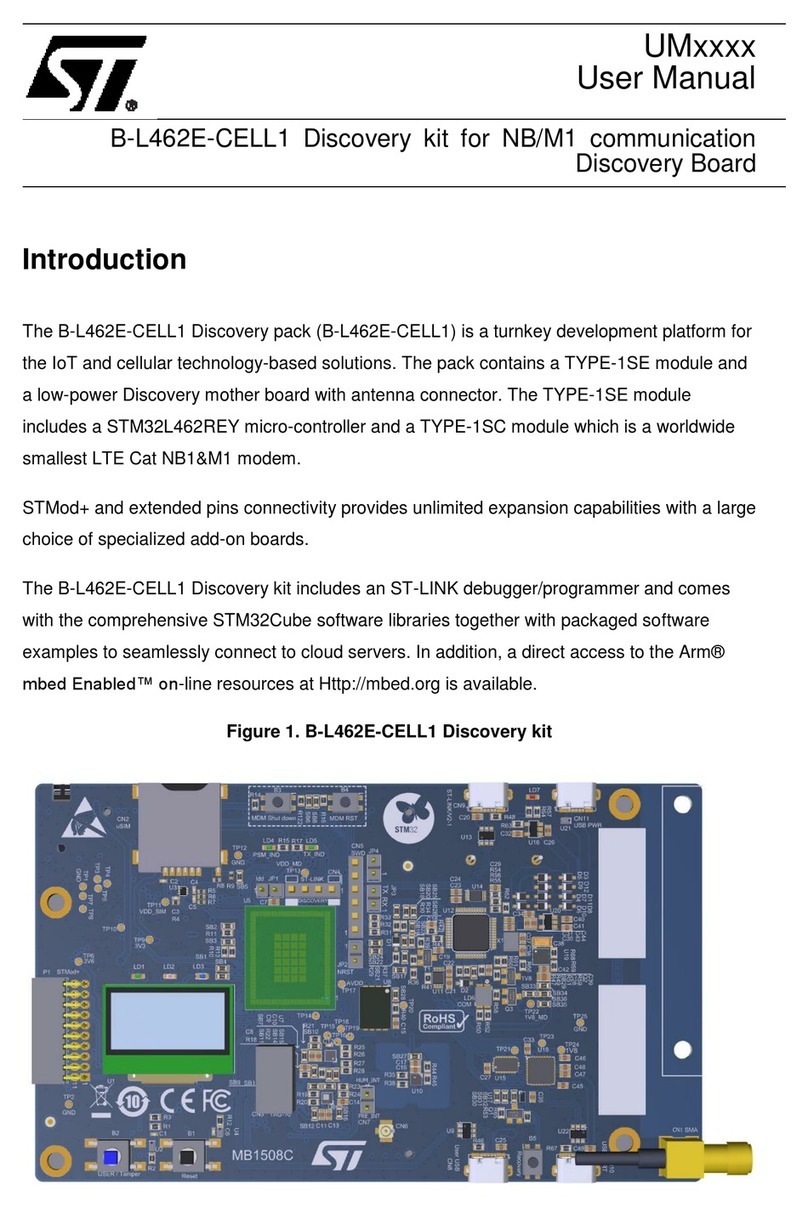
ST
ST B-L462E-CELL1 User manual
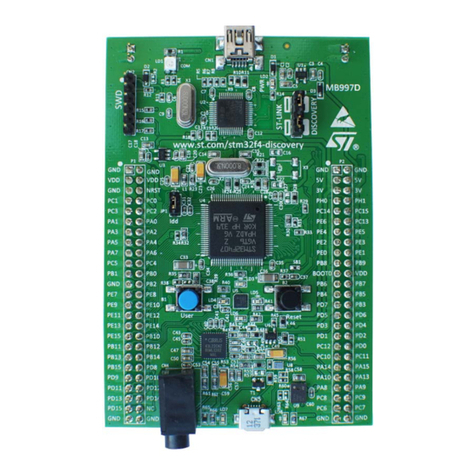
ST
ST STM32F4DISCOVERY User manual

ST
ST STM32G0 1 Series User manual
Popular Microcontroller manuals by other brands

Novatek
Novatek NT6861 manual
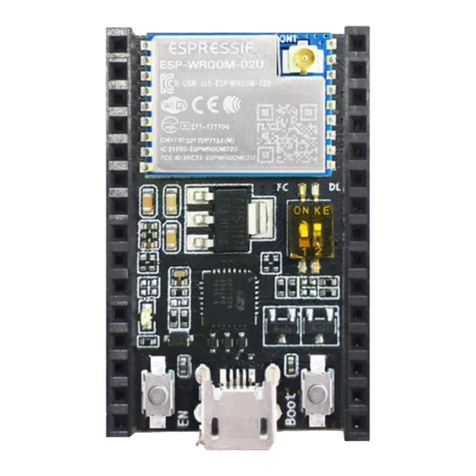
Espressif Systems
Espressif Systems ESP8266 SDK AT Instruction Set

Nuvoton
Nuvoton ISD61S00 ChipCorder Design guide

STMicrolectronics
STMicrolectronics ST7 Assembler Linker user manual

Texas Instruments
Texas Instruments Chipcon CC2420DK user manual

Lantronix
Lantronix Intrinsyc Open-Q 865XR SOM user guide
